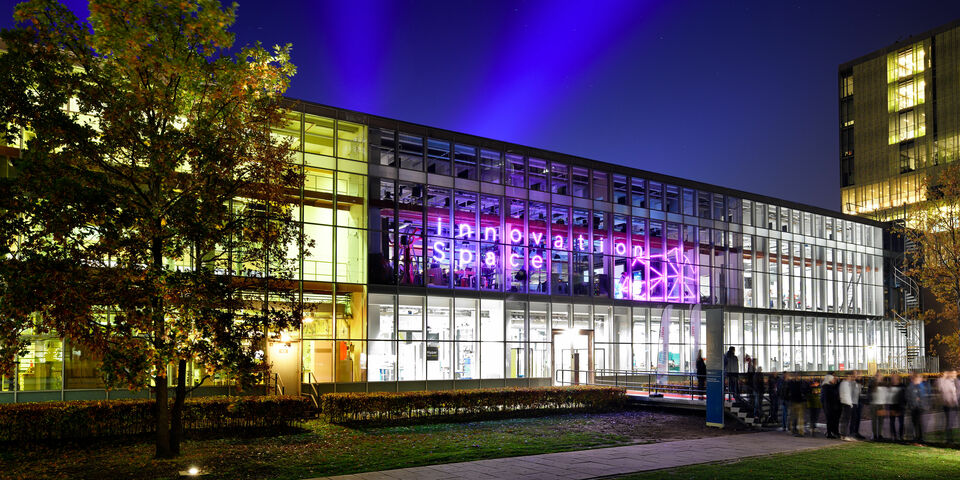EPC flourishes amidst the student teams
Five years ago, the Equipment and Prototype Center (EPC) relocated to the Matrix building, in order to bring TU/e innovation Space, student teams and technical support more closely together. That seems to have worked: collaboration between the EPC and student teams, which can turn to innovation Space for a technical support budget, has increased significantly. The EPC produces parts for various student teams, including University Racing Eindhoven, TU/ecomotive and SOLID.
Actually, students already found their way to the EPC twenty years now, director Wim Peters says. “It started with University Racing Eindhoven, and it steadily grew from there.” The fact that the center and innovation Space are now both located in the Matrix building definitely explains why student teams are increasingly turning to the EPC, according to Peters. “Many teams are located here or come here often, so we see each other all day long. That makes it easier to step inside and ask a question or figure out what we have to offer.”
The fact is that there are so many student teams these days, Peters says. “I believe that we have about fifty now. Not all of them need material from us, by the way. Approximately ten teams received a budget from innovation Space to finance our technical support.” Student teams approach the EPC with all kinds of requests, Peters says. “Some teams want us to mill something, while others simply want us to share our ideas with them. For SOLID, we made the electronic control of the installation. We also produce parts for race cars, and we help determine whether everything is safe or not.”
Construction
The increased collaboration with student teams comes on top of what remains the EPC’s main task: to support departments with experimental research. Researchers come with ideas, but don’t always know what kind of instrument is required. The EPC team shares ideas and its five engineers have enough academic knowledge to successfully assess what researchers need. “It often starts with a design or preliminary design, after which we ask the question: ‘Is this what you’re looking for?’ Once we agree on the answer, construction starts.”
The number of employees at the EPC remained the same throughout the years. As a result, the additional tasks that need to be carried out for student teams have caused an increase in work pressure. On the other hand, work efficiency has increased significantly since EPC acquired some new equipment, such as a water jet cutter – Peters’ favorite –, a machine that cuts through 20-centimeter-thick steel with a pressure of 3000 bar without much effort. Nevertheless, waiting times can still increase during busy times, the director admits. “Waiting time is usually between one and three weeks, with peaks of four or five weeks. People want to have their products as quickly as possible, naturally, but companies have similar waiting times.”
At the last minute
The tendency of student teams to want to have everything at the last minute doesn’t help make things less hectic, Peters adds with a smile. “As the deadline approaches, there suddenly is so much that still has to be done. Students often take things very slow at the start, and it can take a long time before they produce a drawing or material. At the last minute, they have to spend day and night trying to get everything finished on time. That means that our people also have to work overtime during those periods.”
There’s often a peak period in June, when URE, TU/ecomotive and Solar Team Eindhoven have to finish building their cars. During larger projects, EPC appoints permanent employees whose job it is to stay in direct contact with the teams, to keep an eye on the planning and to oversee the project.
Peters expects that in the future, the EPC will continue to collaborate with student teams on many occasions. Working with these teams is just as multifaceted as working with researchers who approach the EPC with requests. “These teams come up with new things. Sometimes, their ideas are simply impossible, and we need to figure out how realistic these ideas are and whether we can put them into practice. But mostly they come up with good ideas.” Apart from the increased collaboration with student teams, EPC’s employees have flourished ever since they left the TNO building, located at the outskirts of campus, in 2018 and relocated to the Matrix building. “We’re back in the heart of the TU/e campus, surrounded by students and researchers.”





Discussion